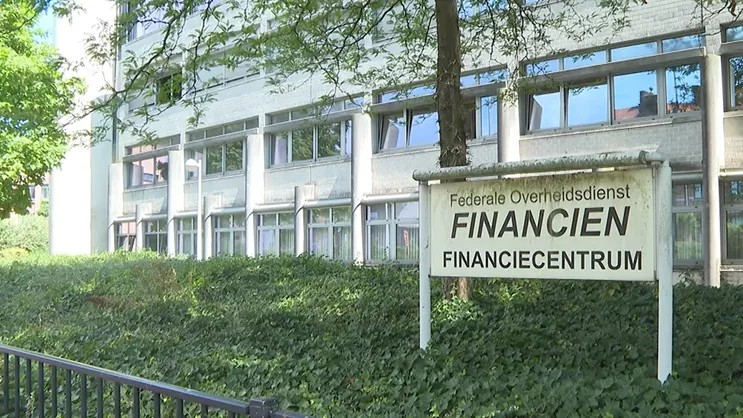Significant shifts in belgian government property holdings
Under its 'Horizon 2030' plan and in line with government austerity measures, the SPF Finances will reduce its network from 43 to just 21 central taxation agencies.
This move aims to enhance inter-service collaboration, reduce real estate costs, and modernize workspaces.
While the primary goal is operational efficiency, the closure of 22 offices will inevitably bring a wave of government-owned properties onto the market or open them up for redevelopment, creating fresh commercial real estate opportunities.
Why these closures matter for commercial real estate
For businesses and real estate investors, the closure of these government facilities signals potential shifts in local property supply and demand. Former tax offices, often located in accessible urban or semi-urban areas, could be prime candidates for conversion into new office spaces, retail outlets, or even light industrial/warehouse facilities, depending on their structure and location. Monitoring these developments is crucial for those looking to expand or relocate within Belgium's dynamic property market.
Areas with potential new inventory: offices slated for closure
Businesses looking for new spaces should pay close attention to the following locations where tax offices are scheduled to close: Ostende, Roulers, Audenarde, Saint-Nicolas, Turnhout, Diest, Pelt, Tongres, Nivelles, Philippeville, Huy, Marche-en-Famenne, Verviers, and Saint-Vith. The availability of these former government buildings could provide unique opportunities for acquiring or leasing well-located properties, potentially at competitive rates, as they enter the market.
Identifying key strategic hubs: where central agencies will remain
Conversely, the 21 locations selected to host the central agencies will likely solidify their status as strategic administrative hubs, potentially increasing demand for commercial properties in their vicinity.
These include: Brussels, Bruges, Ghent, Antwerp, Hasselt, Louvain, Courtrai, Aalst, Halle, Mechelen, Geel, Eupen, Liège, Namur, Ottignies-Louvain-la-Neuve, Arlon, Neufchâteau, Charleroi, Mons, Tournai, and Ciney.
Investing in or leasing commercial space in these cities could offer long-term stability due to continued governmental presence and enhanced accessibility criteria used for their selection.
Opportunities for businesses and investors
This widespread restructuring presents several avenues for commercial real estate players:
Redevelopment potential: Older government buildings, often centrally located, are ideal candidates for modern office conversions, co-working spaces, or specialized retail.
Increased supply: The market will see an influx of new properties, potentially leading to more diverse options for businesses seeking office or warehouse space.
Strategic relocation: Companies can assess whether relocating to a consolidating hub offers advantages in terms of infrastructure and access to services, or if a closing location presents a cost-effective expansion opportunity.
While the SPF Finances assures no direct job losses for its 2,000 affected civil servants (from a total of 21,000), and maintains service quality via online and phone channels, the physical real estate implications are significant. It's important to note that specific buildings like customs offices or 'finshops' are not part of these closures.
Navigating the evolving landscape
As the 'Horizon 2030' plan progresses, closely monitoring the official release and availability of these properties will be key. This governmental initiative is not just about fiscal efficiency; it's a catalyst for change in Belgium's commercial property landscape, creating new avenues for businesses and investors to thrive.
Source: vrt.be







